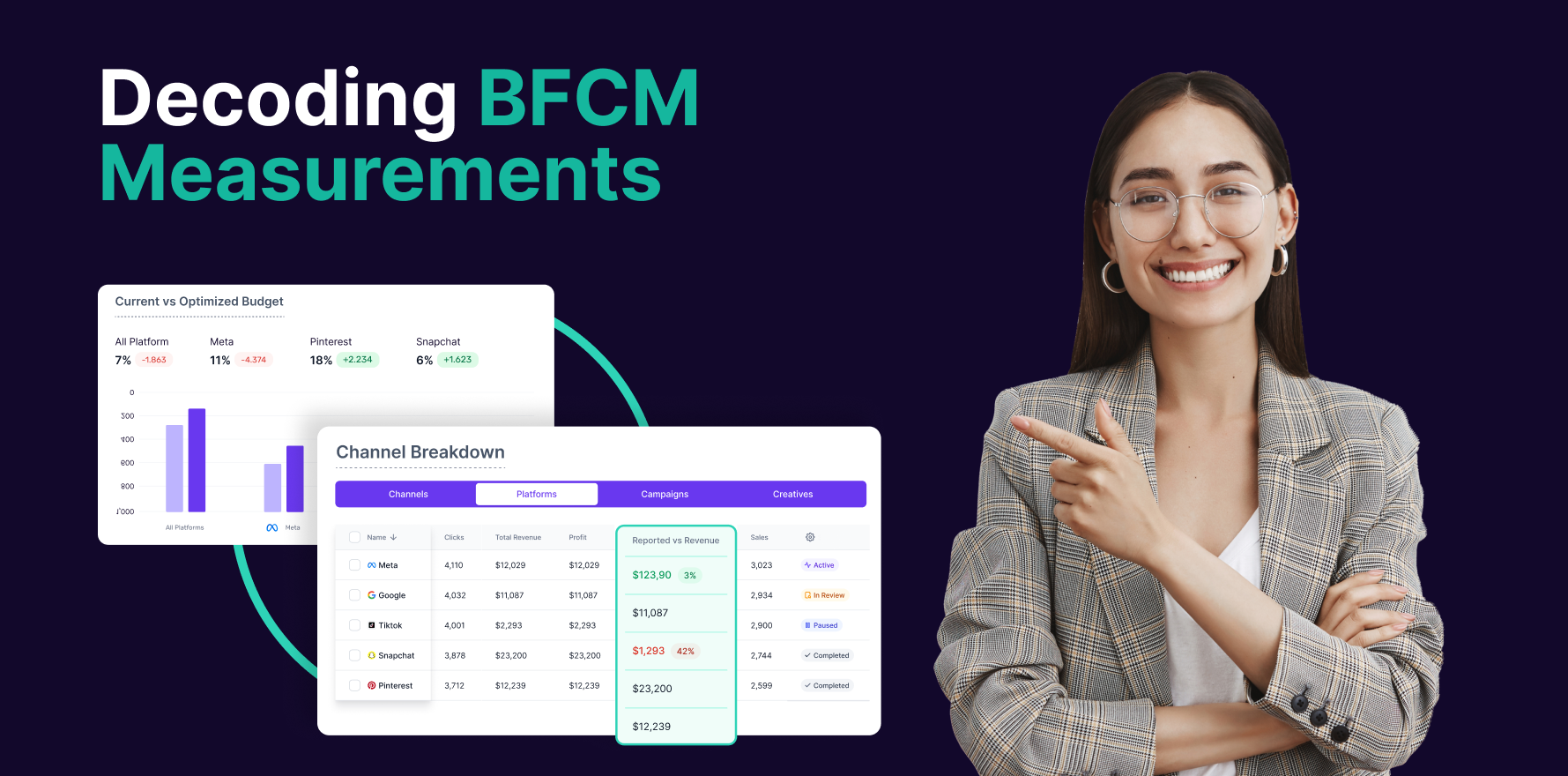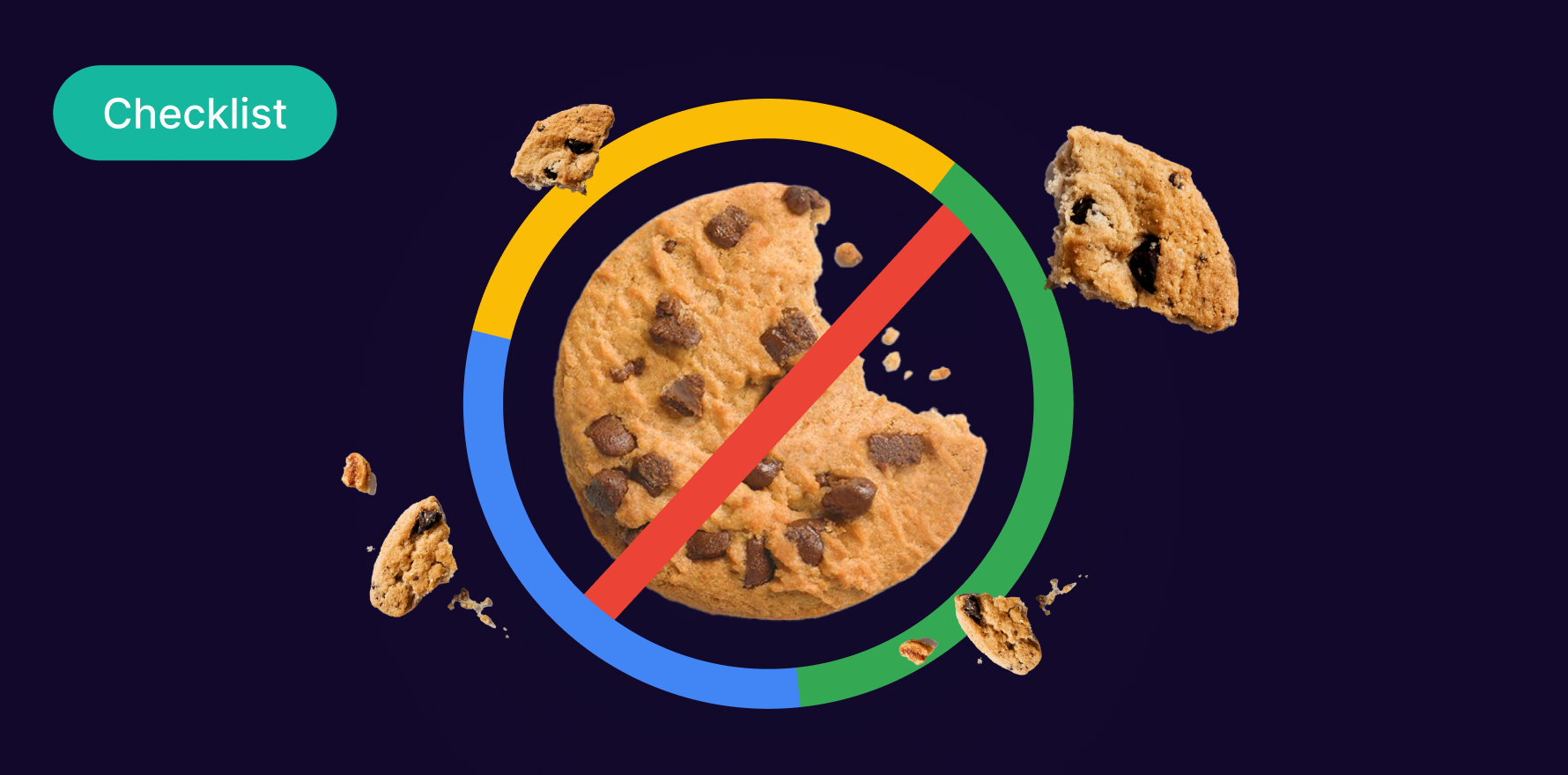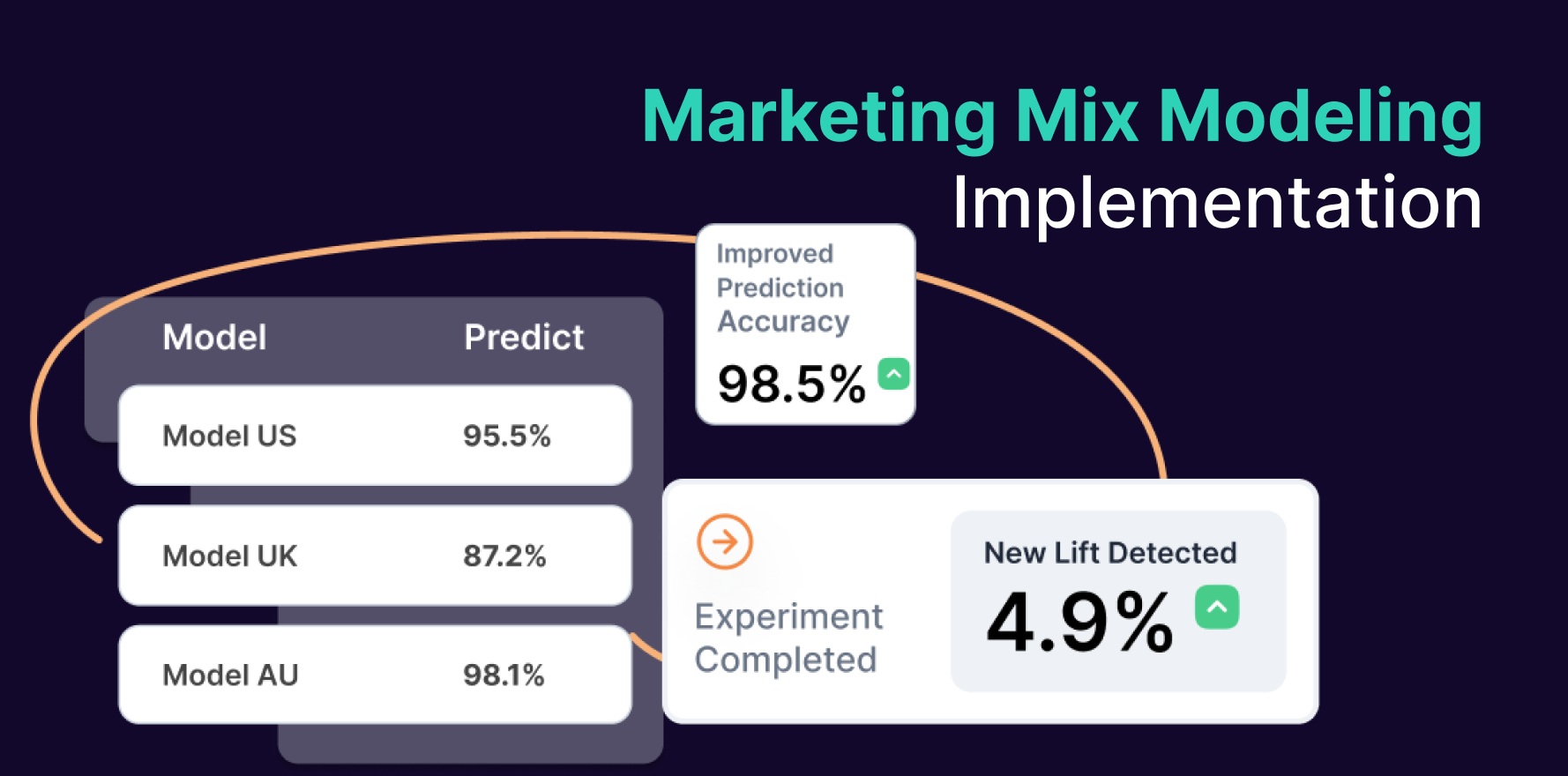What is Attribution Path Analysis?
Attribution Path Analysis, sometimes referred to as Attribution Modeling, is a crucial component in the field of ecommerce analytics. It is a systematic approach to examine and assign credit to various touchpoints that lead a user towards a desired outcome such as a purchase, sign-up or a download within the customer journey. The objective is to understand which marketing channels are most effective and how they interact with each other as part of the conversion path.
Formula
Example
Consider a user who first clicks on a Facebook ad (Touchpoint 1), then receives an email newsletter (Touchpoint 2), and finally makes a purchase after clicking through a Google remarketing ad (Touchpoint 3). In a last-touch attribution model, the Google ad would receive 100% of the conversion credit.
Why is Attribution Path Analysis important?
By attributing conversions accurately to the responsible marketing initiatives, businesses can:
- Assess ROI more accurately.
- Optimize marketing spend to focus on higher-performing channels.
- Improve overall marketing effectiveness.
- Personalize customer experiences based on interaction history.
Which factors impact Attribution Path Analysis?
- Choose the right attribution model to match business objectives.
- Incorporate data from all marketing channels.
- Regularly validate and refine models based on ongoing results.
- Use a data-driven model for comprehensive insights.
How can Attribution Path Analysis be improved?
Key factors that can influence outcome include the marketing channels used, sequence of touchpoints, number of interactions, time between touchpoints, and the specific conversion goal.
What is Attribution Path Analysis’s relationship with other metrics?
Attribution Path Analysis directly impacts many critical ecommerce metrics like Conversion Rate, Cost Per Acquisition, and Return on Ad Spend. A successful attribution model can maximize these metrics’ effectiveness, leading to better marketing performance and higher profitability.
Free essential resources for success
Discover more from Lifesight






















































